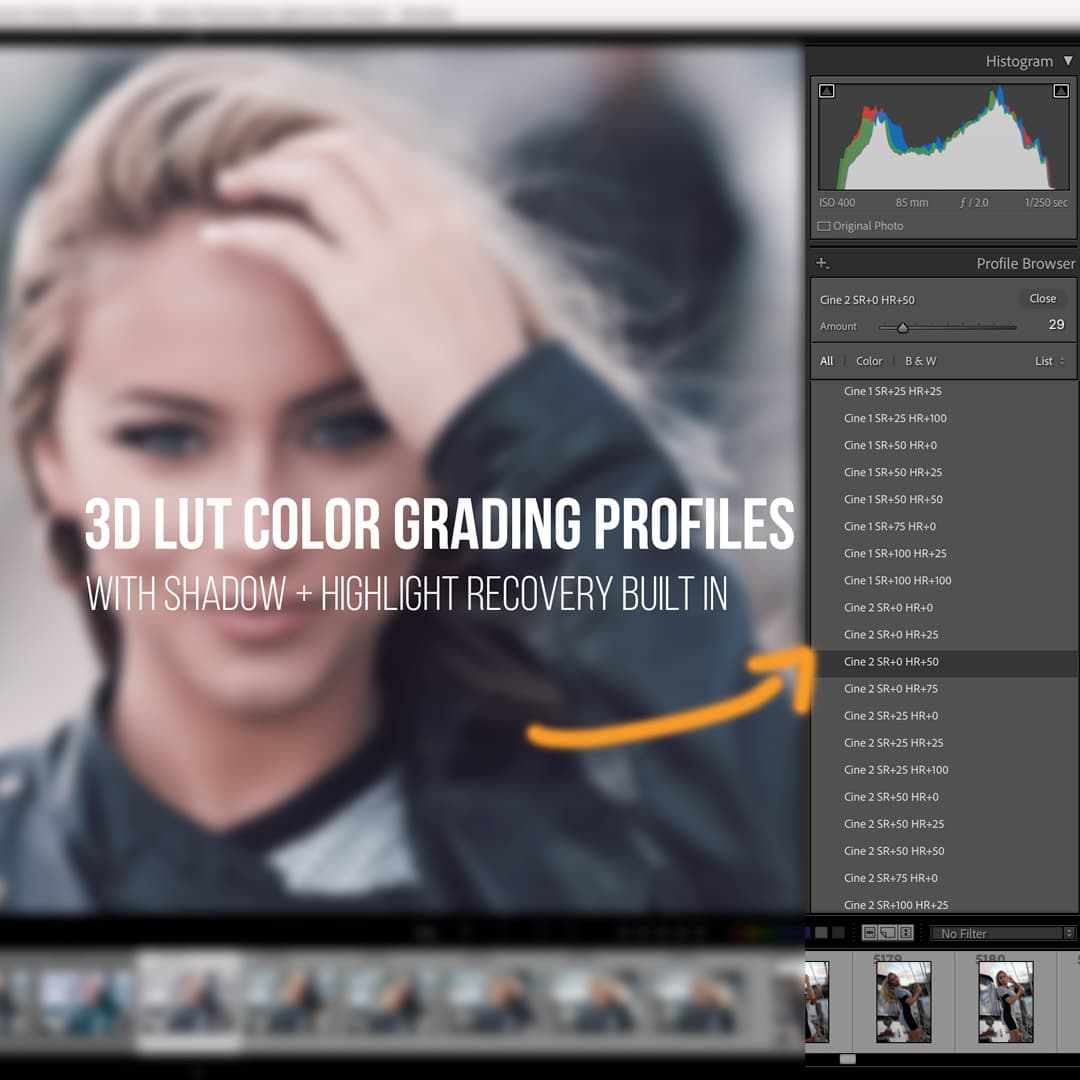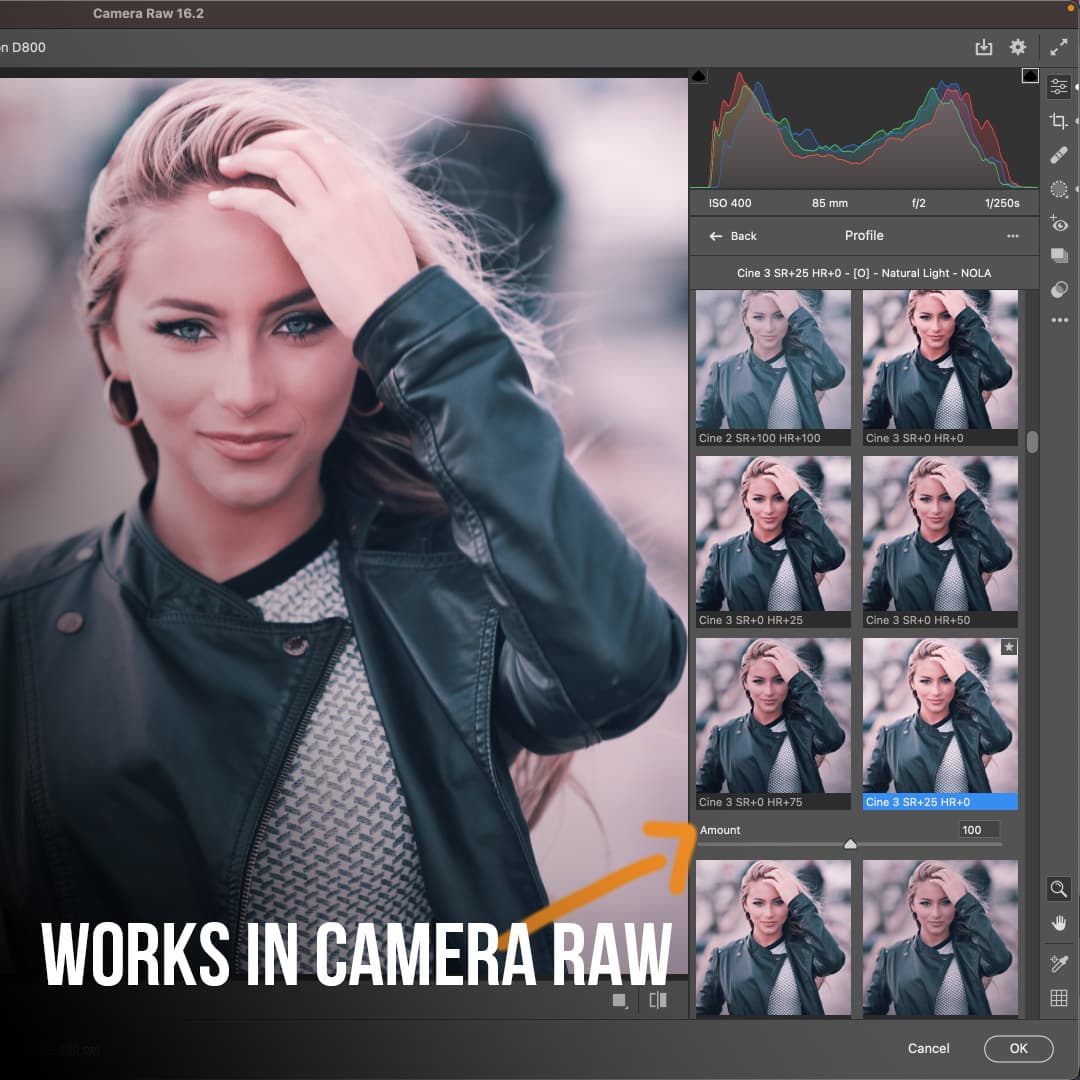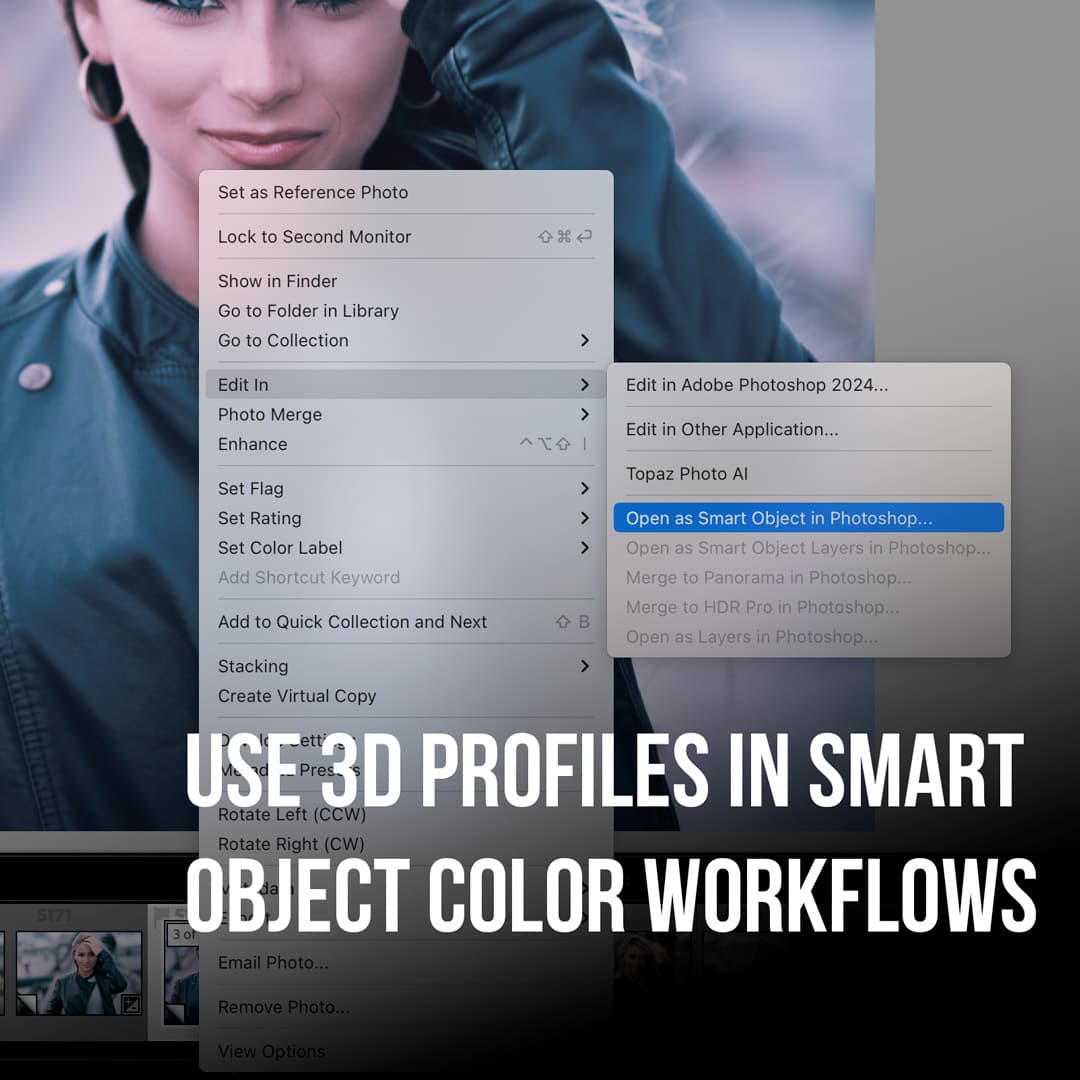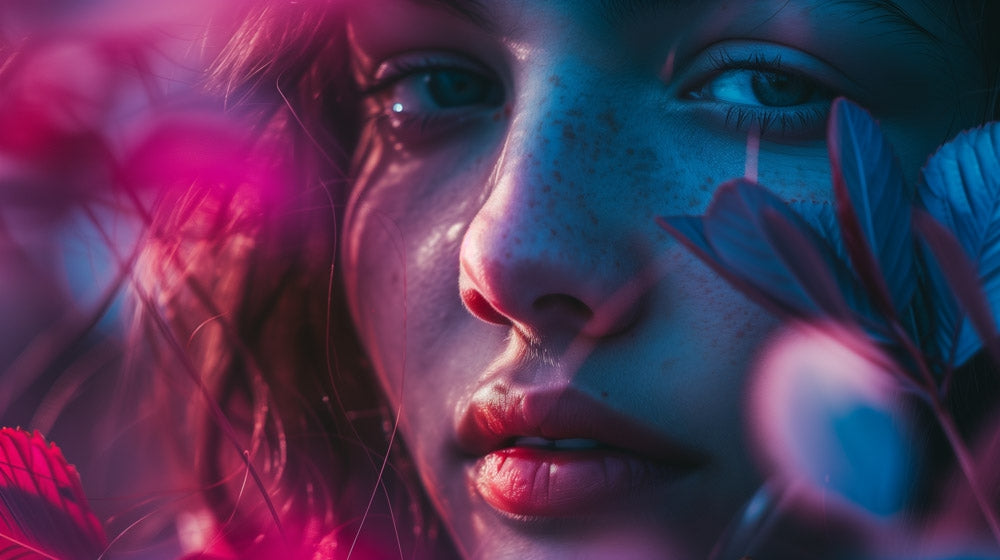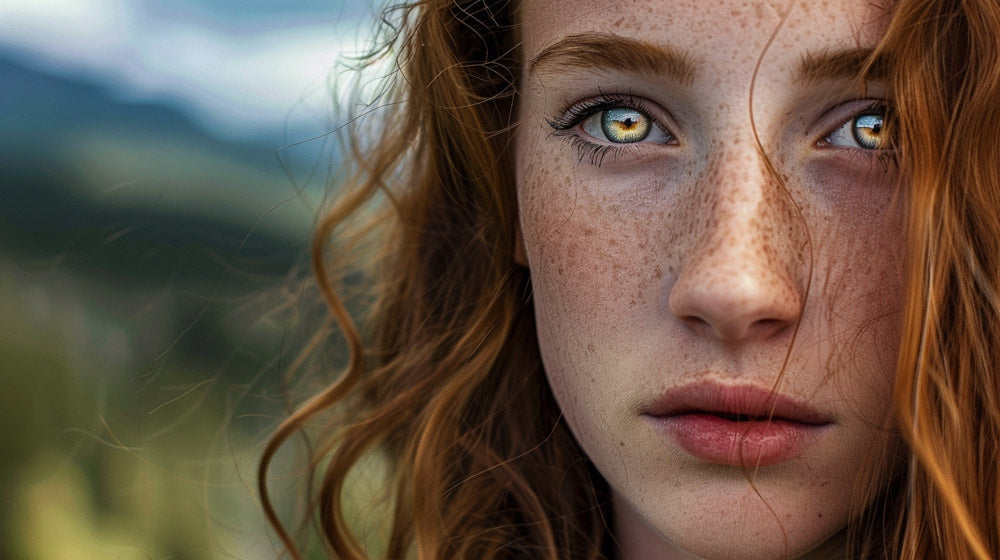Flipping images in Photoshop is a fundamental skill for graphic designers and photo editors. Whether you're creating a mirror effect or simply reversing an image's orientation, mastering this technique can enhance your creative possibilities.
To flip an image in Photoshop, go to Image > Image Rotation > Flip Canvas Horizontal or Vertical.
This simple process allows you to quickly transform your visuals with just a few clicks. We'll explore various methods to flip images, including working with individual layers and using keyboard shortcuts to streamline your workflow.
By the end of this article, you'll have a solid understanding of how to manipulate images in Photoshop, opening up new avenues for your digital art and photo editing projects.
Key Takeaways
- Flipping images in Photoshop can be done quickly using the Image Rotation menu or keyboard shortcuts
- Understanding layers allows for more precise control when flipping specific elements of an image
- Regular practice with Photoshop's transformation tools leads to more efficient and creative workflows
Getting Started with Photoshop
Adobe Photoshop offers a powerful workspace for designers and photographers to manipulate images. We'll explore the essential components and demonstrate how to begin working with your images.
Understanding the Workspace
The Photoshop workspace is designed for efficiency and flexibility.
The main area is the canvas, where we work on our images. Surrounding it are various panels and toolbars.
The Tools panel on the left contains icons for selection, painting, and editing tools. We can customize this panel to suit our workflow.
On the right, we typically find the Layers panel. This is crucial for organizing our work and applying non-destructive edits.
The top menu bar provides access to all of Photoshop's features and commands. We can use it to adjust settings, apply filters, and manage our files.
Opening and Importing Images
To start editing, we need to get our images into Photoshop. We can open existing files or create new documents from scratch.
To open an image, we go to File > Open and select our desired file. Photoshop supports various file formats, including JPEG, PNG, and RAW.
For new documents, we select File > New. This opens a dialog where we can set dimensions, resolution, and color mode.
We can also import images by dragging and dropping files directly onto the Photoshop interface. This creates a new document with the imported image as the background layer.
To work with multiple images, we can use the Place command (File > Place Embedded) to insert one image into another as a new layer.
Fundamentals of Layers in Photoshop
Layers are essential for efficient image editing in Photoshop. They allow us to work on different elements separately and make non-destructive edits to our images.
Working with Layers
Layers in Photoshop act like transparent sheets stacked on top of each other. Each layer contains different elements of an image, allowing us to edit them independently.
To create a new layer, we can click the "New Layer" button in the Layers panel or use the keyboard shortcut Ctrl+Shift+N (Cmd+Shift+N on Mac).
We can reorder layers by dragging them up or down in the Layers panel. This changes the stacking order and affects how elements appear in the final image. To hide or show a layer, we simply click the eye icon next to it.
Blending modes and opacity settings give us further control over how layers interact. We can access these options at the top of the Layers panel.
Layers and Image Editing
Layers provide powerful editing capabilities in Photoshop. We can apply adjustments or effects to specific layers without affecting the entire image. This non-destructive approach allows for easy modifications and experimentation.
To flip a layer in Photoshop, we select the layer and choose Edit > Transform > Flip Horizontal or Flip Vertical. This technique is useful for creating reflections or symmetrical designs.
Layer masks are another valuable tool. They allow us to hide or reveal parts of a layer without permanently erasing anything. We can create a layer mask by clicking the "Add Layer Mask" button in the Layers panel.
For complex edits, we often use adjustment layers. These special layers apply color and tonal adjustments without altering the original image data. We can add them by clicking the "Create new fill or adjustment layer" button at the bottom of the Layers panel.
Transforming Images
Photoshop offers powerful tools for manipulating images. We'll explore how to use the Free Transform tool and techniques for scaling and rotating your images with precision.
Using the Free Transform Tool
The Free Transform tool is essential for image manipulation in Photoshop. To access it, we select an image layer and press Ctrl+T (Windows) or Cmd+T (Mac). This activates Transform Mode, allowing us to modify the image in various ways.
We can drag the corner handles to resize the image. Holding Shift while dragging maintains the aspect ratio. For more precise control, we can enter specific values in the options bar at the top of the screen.
To rotate, we move our cursor just outside a corner handle until it changes to a curved arrow. We then click and drag to rotate the image freely.
Scaling and Rotating Images
Scaling images is straightforward with Free Transform. We can scale proportionally by holding Shift while dragging a corner handle. For non-proportional scaling, we simply drag without holding Shift.
To rotate an image by specific angles, we can use the Image Rotation menu. We navigate to Image > Image Rotation and select our desired option. This menu offers preset rotations like 90°, 180°, and arbitrary angles.
For more control, we use Free Transform. After activating it, we right-click inside the transform box and select "Rotate." We can then enter a specific angle in the options bar or manually rotate by dragging outside the transform box.
Flipping Images Horizontally and Vertically
Photoshop offers simple tools to flip images horizontally or vertically. These techniques allow us to create mirror images or reverse the orientation of our photos with just a few clicks.
Flip Canvas Horizontal
To flip an image horizontally in Photoshop, we can use the Flip Canvas Horizontal option. This creates a mirror image by reversing the photo from left to right.
We start by opening the Image menu at the top of the screen. Next, we hover over Image Rotation to reveal more options. From the dropdown, we select Flip Canvas Horizontal.
This action flips the entire canvas, including all layers. It's perfect for creating reflections or correcting reversed text in scanned documents.
Flip Canvas Vertical
Flipping an image vertically in Photoshop follows a similar process. We access the same Image Rotation menu, but this time we choose Flip Canvas Vertical.
This option flips the image upside down, reversing it from top to bottom. It's useful for creating interesting compositions or adjusting inverted photos.
We can also use keyboard shortcuts for quicker flipping. Ctrl+Alt+F (Windows) or Command+Option+F (Mac) flips horizontally, while adding Shift to this combination flips vertically.
Advanced Image Manipulation
Photoshop offers powerful tools for advanced image manipulation beyond basic flipping. We'll explore techniques to create mirror effects and selectively flip parts of an image.
Creating a Mirror Effect
To create a striking mirror effect, we start by duplicating the image layer. We then flip the duplicate horizontally or vertically using the Transform menu. Next, we align the flipped layer with the original to create a seamless reflection.
For a more realistic look, we can add a gradient mask to the flipped layer. This gradually fades out the reflection. We can also apply a slight blur or reduce the opacity of the mirrored section.
To enhance the effect, we might add a subtle ripple using the Liquify tool. This simulates the distortion you'd see in water reflections.
Selective Flipping and Layer Duplication
For more complex manipulations, we use the Marquee Tool to select specific areas of an image. After making a selection, we copy it to a new layer and flip just that portion.
We can create interesting compositions by duplicating and flipping multiple elements. For instance, we might flip a person's eyes or rotate their mouth for a surreal effect.
Layer blending modes offer creative possibilities when working with flipped elements. By experimenting with modes like Overlay or Soft Light, we can achieve unique visual effects.
Optimizing Images for Different Mediums
Flipping images in Photoshop is just the beginning. We need to ensure our flipped images are optimized for various mediums. This involves adjusting resolution and formatting for different uses.
Adjusting Image Resolution
Image resolution plays a crucial role in how our flipped images appear across different platforms. For web use, we typically aim for 72 pixels per inch (PPI). This provides a good balance between image quality and file size.
For print, we need a higher resolution. We usually set it to 300 PPI for crisp, clear prints. Here's a quick guide:
- Web: 72 PPI
- Print: 300 PPI
- Large format prints: 150-200 PPI
To adjust resolution in Photoshop, we go to Image > Image Size. We can then change the resolution while maintaining pixel dimensions.
Image Formatting for Web and Print
Different mediums need specific image formats for optimal performance. For web use, we primarily use JPEG, PNG, or WebP formats. JPEG works well for photographs, while PNG is ideal for images with transparency.
For print, we typically use TIFF or PSD formats. These preserve image quality and allow for further editing. Here's a breakdown:
Web formats:
- JPEG: Ideal for photographs
- PNG: Best for images with transparency
- WebP: Newer format with better compression
Print formats:
- TIFF: High-quality, large file size
- PSD: Photoshop's native format, preserves layers
To shrink image file sizes for web use, we can use Photoshop's "Save for Web" feature. This tool optimizes images for faster loading times while maintaining visual quality.
Best Practices for Efficient Workflows
Efficient workflows in Photoshop can significantly speed up image flipping and editing tasks. We'll explore key techniques to streamline your process and boost productivity.
Utilizing Shortcuts for Flipping Images
Keyboard shortcuts are essential for rapid image flipping in Photoshop. We recommend memorizing these time-saving commands:
- Ctrl+T (Windows) or Command+T (Mac) to activate Free Transform
- Right-click and select "Flip Horizontal" or "Flip Vertical"
- Use arrow keys for precise adjustments
For frequent flipping, we suggest creating custom actions. This allows you to flip images with a single click.
Batch processing is another powerful technique. We can flip multiple images simultaneously by:
- Selecting File > Automate > Batch
- Choosing our custom flip action
- Selecting the folder of images to process
Organizing Layers for Easier Edits
Proper layer management is crucial for efficient workflows when flipping images. We advise creating separate layers for each flipped element.
Name layers descriptively for easy identification. For instance:
- "Original Image"
- "Flipped Horizontal"
- "Flipped Vertical"
Group related layers together. This keeps our workspace tidy and allows for quick toggling of visibility.
We recommend using adjustment layers for non-destructive edits. This preserves the original image while allowing for easy modifications.
Utilizing layer masks enables precise control over which parts of an image are flipped. This is especially useful for complex compositions where only specific elements need flipping.
Final Thoughts on Image Flipping in Photoshop
Flipping images in Photoshop is a versatile technique with multiple applications. We've explored various methods to achieve this effect, each suited for different scenarios.
The Flip Canvas option is ideal when we need to mirror the entire document. It's particularly useful for creating symmetrical designs or correcting orientation issues.
For more precise control, we can flip a layer in Photoshop. This method allows us to manipulate specific elements without affecting the entire composition.
It's worth noting that flipping text layers horizontally will render the text backwards. We should keep this in mind when working with typography in our designs.
Mastering these techniques opens up creative possibilities. We can create reflections, symmetrical patterns, or simply adjust the composition of our images with ease.
Remember, practice makes perfect. As we experiment with these tools, we'll discover new ways to incorporate flipping into our workflow, enhancing our Photoshop skills and expanding our creative horizons.
Frequently Asked Questions
Flipping images in Photoshop offers various options and techniques. We'll address common queries about shortcuts, layer-specific flips, selection flipping, and reverting changes.
What is the shortcut to flip an image in Photoshop?
The keyboard shortcut to flip an image horizontally in Photoshop is Ctrl+Alt+F (Windows) or Command+Option+F (Mac). For vertical flips, use Ctrl+Alt+V (Windows) or Command+Option+V (Mac).
How can I flip a single layer in Photoshop?
To flip a single layer, select the layer in the Layers panel. Then go to Edit > Transform > Flip Horizontal or Flip Vertical. This method allows you to flip individual layers without affecting the entire image.
Is it possible to flip an image in Photoshop without affecting the entire canvas?
Yes, it's possible. We can use the Transform tool to flip specific elements. Select the area you want to flip, then go to Edit > Transform > Flip Horizontal or Flip Vertical. This method preserves the rest of the canvas.
What are the steps to flip a selection in Photoshop?
First, make a selection using any selection tool. Then, go to Edit > Transform Selection > Flip Horizontal or Flip Vertical. This flips the selection without affecting the image content.
How do I flip an image horizontally in Photoshop?
To flip an entire image horizontally, go to Image > Image Rotation > Flip Canvas Horizontal. This action mirrors the entire image from left to right.
Can I revert to the original orientation of an image after flipping it in Photoshop?
Yes, we can revert a flipped image. If the flip was just performed, use Edit > Undo or press Ctrl+Z (Windows) or Command+Z (Mac). For older changes, use the History panel to go back to the state before the flip was applied.








